Picture the scene: you’re waiting in your car at a red light, listening to music, and then bang! Your car is hit from behind by another driver. Thankfully it was at a low speed, but it still leaves a sizable dent in your car’s bumper. You don’t believe you are at fault, the light was red after all.
So how do you go about making a car insurance claim? And how is this going to impact your premiums, excess, and no claims bonus? Canstar guides you through what to do, and what to know.
How do you determine who’s at fault?
First, it’s important to work out who is responsible for causing the accident (who is at fault). Because they will be the person liable to pay for the costs. This may include paying for the repair costs, your towing fees and the cost of a hire car.
In some cases, it will be clear who the at-fault party is – like in the above example. But other cases won’t be as clear cut.
In this case, insurers will consider evidence like photos, dashcam footage, independent eyewitness accounts, physical proof, and police reports to determine who caused the accident. So it’s important you get the other party’s details, and as much evidence as you can at the time of/after the accident.
In some circumstances, both parties may be partly responsible for the accident. This is known as contributory negligence. For example, if you and another car reversed at the same time and hit each other, both parties may be considered equally liable, and each party might pay for the portion of the damage they caused.
What if the other party doesn’t admit fault?
Just to be clear, it’s not your job to chase the other driver down for payment or to get a confession. You simply need to get the driver’s details, as much other evidence as you can, and pass that on to your insurer when making a claim. Your insurer will be the one who determines who’s at fault, and who they should be chasing for money.
So don’t worry too much if the other driver doesn’t admit liability. For one, it’s pretty common not to admit fault, in case it bites you later on down the track. For example, if it goes down to a dispute over liability and there’s a video of you admitting fault, it won’t help your case.
The insurers will decide who is at fault based on the evidence provided.
Compare Outstanding Value Car Insurance with Canstar
Looking for great value car insurance for you and your family? Each year, we release our car insurance awards, including winners for Insurer of the Year, Outstanding Value, and Most Satisfied Customers. As part of our award results, we also publish our Outstanding Value Star Ratings, covering car insurance for different age groups. Below are our top-rated providers in the drivers aged 30-49 category. Click here to view our complete car insurance Star Ratings for all age groups.
Comprehensive Cover: Drivers 30-49:
| Provider | Star Rating |
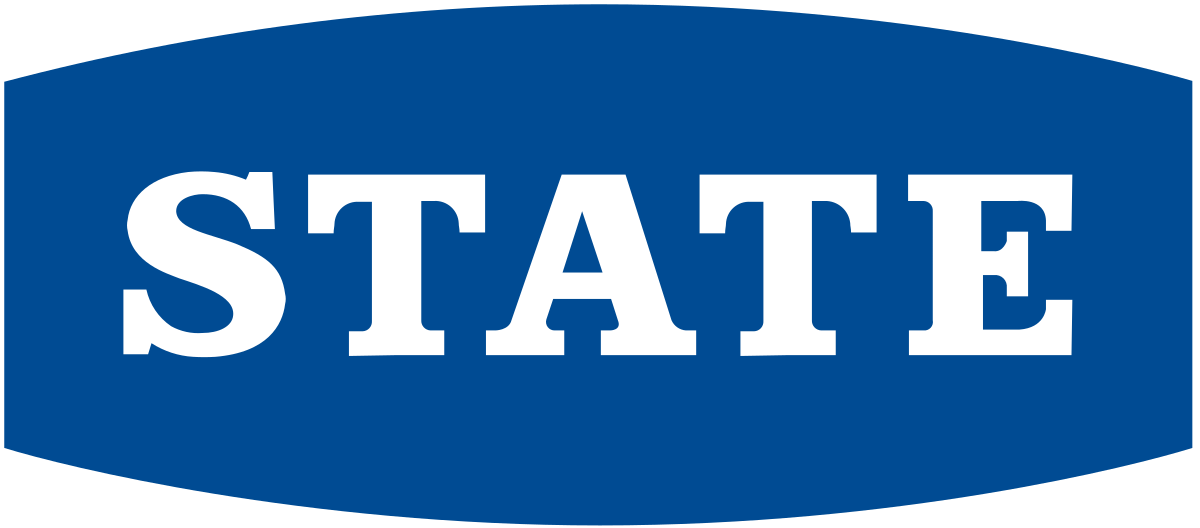
Car Insurer of the Year |
 |
 |
|
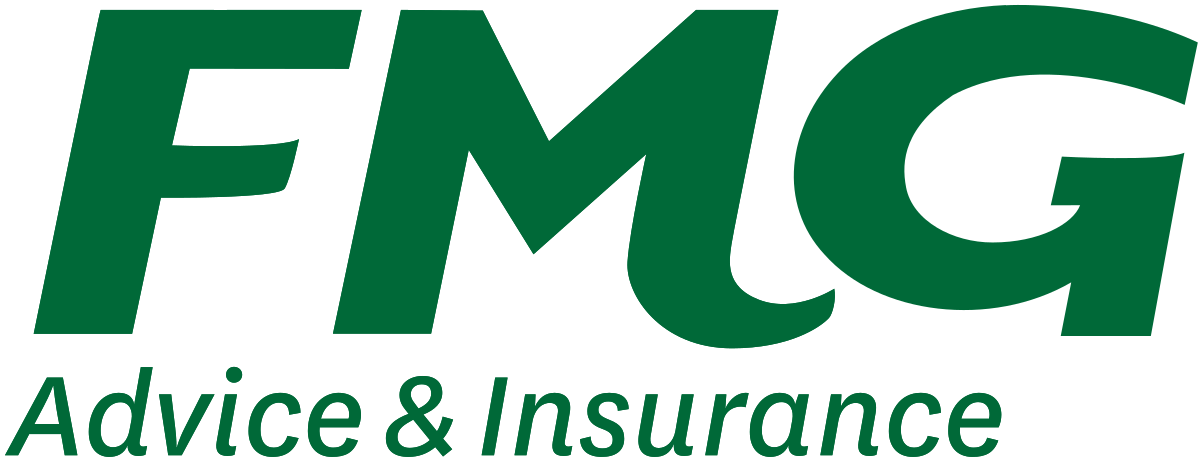 |
 |
See here for our ratings methodology. The table above is an abridged version of our research. For the full results of our latest Car Insurance Ratings and Award, click here.
How do I make a car insurance claim when it’s not my fault?
If the other driver admits fault, or it is determined that they were at fault, then they are liable for your repair costs. However, you still need to lodge a claim with your insurer, not theirs. As we said before, it’s your insurer’s responsibility to chase down the necessary people for payment. So even if their insurance will cover everything, you won’t be dealing with them directly.
When making a claim, your insurer will need the details of the other driver (or drivers) involved; as well as about any witnesses to the accident, tow-truck company used and police report filed.
To help with this process, it’s a good idea to collect the following information after an accident:
- Details of other drivers involved, including their names, contact numbers, addresses, licences, registration numbers and insurance details (if applicable). If the other driver (or drivers) refuse to give their details, take note of vehicle registration numbers and you can report the accident to the police
- If there are any eyewitnesses to the accident, ask them for their names and contact details
- Take photos of the accident, if it is safe to do so
Your insurer will then contact the at-fault driver’s insurer or the driver themselves, if they don’t have insurance. Your insurer may also arrange a hire car for you if you need one.
What if I can’t get the other driver’s details?
Getting the other driver’s details is key to a no-fault car insurance claim, as your insurer doesn’t actually plan on covering your repair bill. They may pay for your repairs but, in the background, they’ll be looking to pass on the bill to the at-fault driver.
If you can’t get the other driver’s details, this could affect your claim. If the driver has rear ended you and driven off, it’s important to get what details you can. A licence plate or a description of the car can help your insurer track them down. Plus, any witnesses or police reports etc.
If you’ve simply come back from the supermarket to find a large scratch down the side of your car, it’s a little trickier. Unless you have some witnesses or access to CCTV, there’s no way of knowing who the culprit is. In this instance, you can still make your insurance claim as usual, though you may have to pay the excess and you may lose any no claims bonus. You might even see your premiums jump upon renewal due to your now blemished record.
It seems unfair, I know. But if your insurer can’t find someone to blame, you can often end up bearing the costs. Just be thankful you’ll be coughing up for just the excess, and not the whole bill!
What if I only have third-party car insurance?
All the above applies to those with a comprehensive car insurance policy. Where regardless of who is at fault, you can get your car fixed. The fault part is more about things like excess and no claim bonuses.
But with third-party, it can work a little differently…
Assuming you are not at fault, then your vehicle should be paid for. Although how this works can vary slightly depending on if the at-fault driver has insurance or not.
If they are at fault and have insurance
In this case, the other insurer should pay to fix your vehicle. But again, this is only if the other driver is at fault and their insurer agrees they were at fault. This isn’t always clear-cut, and there have been many cases where one insurer says the other party is at fault but the other insurer says they are not.
If so, it can be difficult to force them to pay up.
If they are at fault and don’t have insurance
Most third-party policies include a clause whereby if you’re hit by an uninsured driver, and you are not at fault, your insurer will pay to fix your vehicle. Obviously, once again, it relies on your insurer proving you are not at fault.
If the accident is your fault, or fault can’t be established, then unfortunately you could find yourself caught out.
Do I have to pay an excess if I’m not at fault?
Many policies do not require you to pay an excess if you are not at fault and you have the details of the at-fault driver. However, if you are partly at fault or you are unable to provide details of the driver of the at-fault car, (as mentioned above) you will likely be required to pay an excess. It pays to check with your car insurance provider.
Will making a claim affect my no-claim bonus or increase my premium?
Insurers generally will not reduce your no-claim bonus if you were not the at-fault driver and you provide your car insurer with the at-fault driver’s details.
When it comes to your premiums, these may increase after you make a claim. Regardless of whether you were at fault or not.
When it comes to making a claim, your premiums, excess, and no claims bonus are all at the mercy of your insurer. So it pays to talk to them and see what costs you could face.
About the author of this page
This report was written by Canstar Content Producer, Caitlin Bingham. Caitlin is an experienced writer whose passion for creativity led her to study communication and journalism. She began her career freelancing as a content writer, before joining the Canstar team.
Enjoy reading this article?
You can like us on Facebook and get social, or sign up to receive more news like this straight to your inbox.
By subscribing you agree to the Canstar Privacy Policy





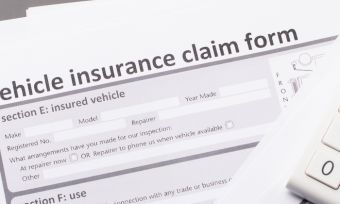
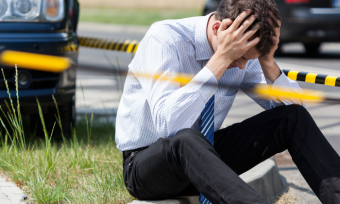
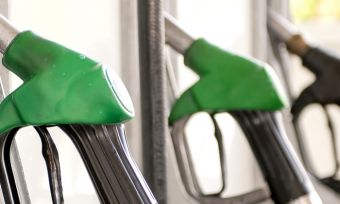
Share this article